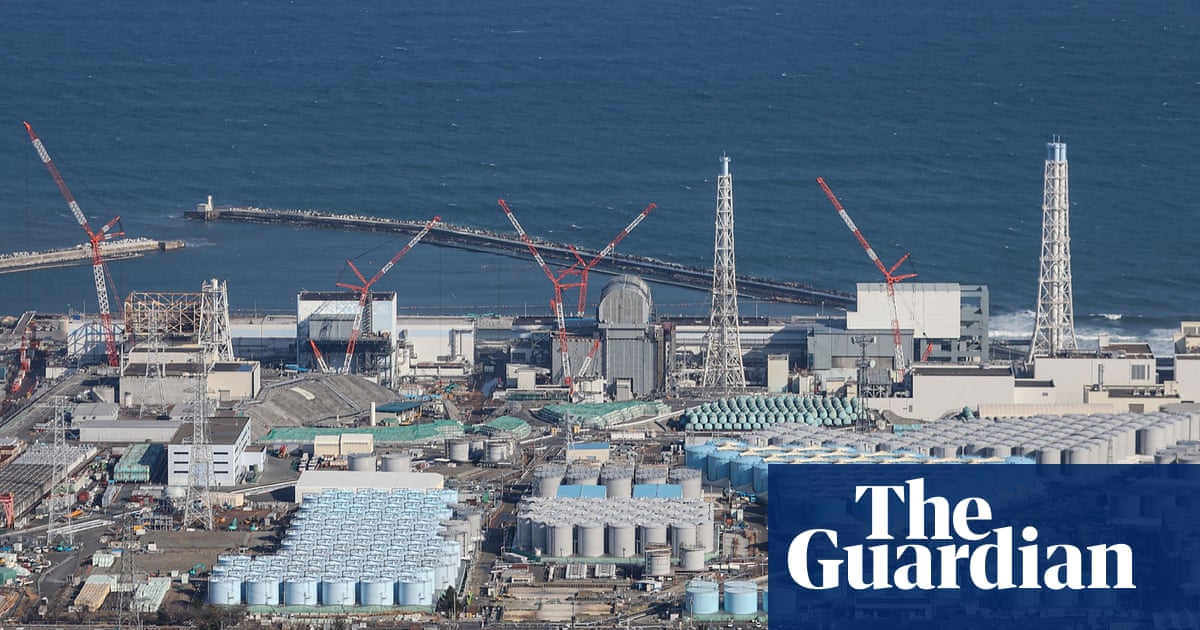
Extracting the estimated 880 tonnes of highly radioactive fuel and debris from Fukushima remains the most challenging part of the decades-long decommissioning process
TOKYO: A difficult operation to remove a small piece of radioactive debris from Japan’s stricken Fukushima nuclear plant using a robotic device was completed successfully, the plant operator said Thursday, after technical issues halted earlier attempts.
Extracting the estimated 880 tonnes of highly radioactive fuel and debris from Fukushima remains the most challenging part of the decades-long decommissioning process.
But radioactivity levels inside the former power station, which went into meltdown in 2011 after being hit by a catastrophic tsunami, are too high for humans to enter.
So engineers used a specially developed extendible robotic device to remove a sample with a diameter of five millimeters (0.2 inches), aiming to study it for clues about conditions inside the stricken reactors.
The trial debris removal began in September, after an initial attempt in August was suspended at an early stage over a problem with the equipment’s installation.
Another technical snag related to cameras on the apparatus caused a pause of over a month before the procedure resumed in late October.
On Thursday, plant operator TEPCO said it had “completed the trial removal of fuel debris,” declaring the operation a success after several complex steps.
Over the weekend, the robot managed to remove a piece of debris from a containment vessel surrounding a damaged reactor for the first time.
Technicians then tested the radiation level of the sample on Tuesday and put it in a special container.
It will be sent to research institutes in Ibaraki north of Tokyo for analysis, a TEPCO spokeswoman said, adding that the company is still studying when it will be able to start the full-fledged removal of the radioactive debris.
Three of Fukushima’s six reactors were operating when the tsunami hit on March 11, 2011, triggering the worst nuclear disaster since Chernobyl.
Japan last year began releasing into the Pacific Ocean some of the 540 Olympic swimming pools’ worth of treated reactor cooling water amassed since the disaster.
The step sparked a diplomatic row with China and Russia, both of which banned seafood imports, although Japan insists the discharge is safe, a view backed by the UN atomic agency.
Beijing, however, said in September it would “gradually resume” importing seafood from Japan after imposing the blanket ban.











